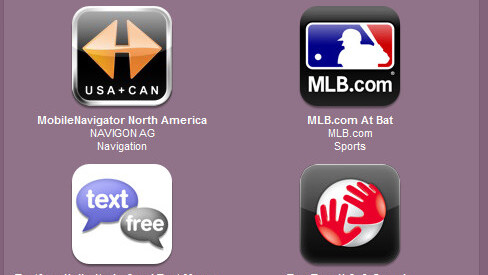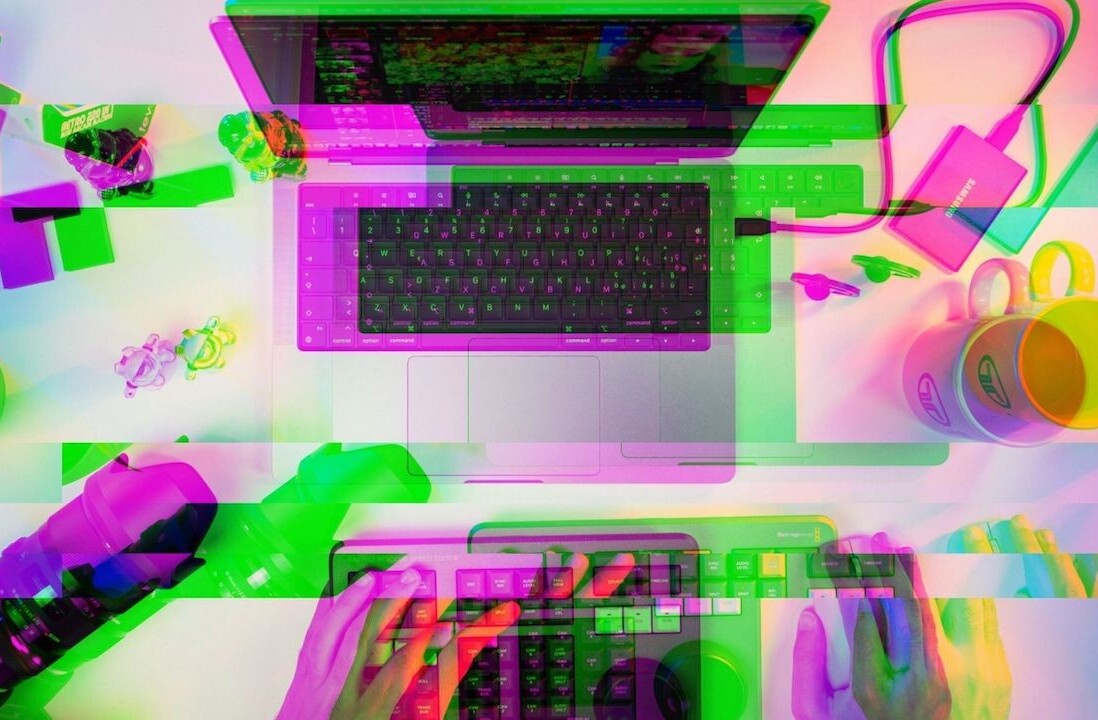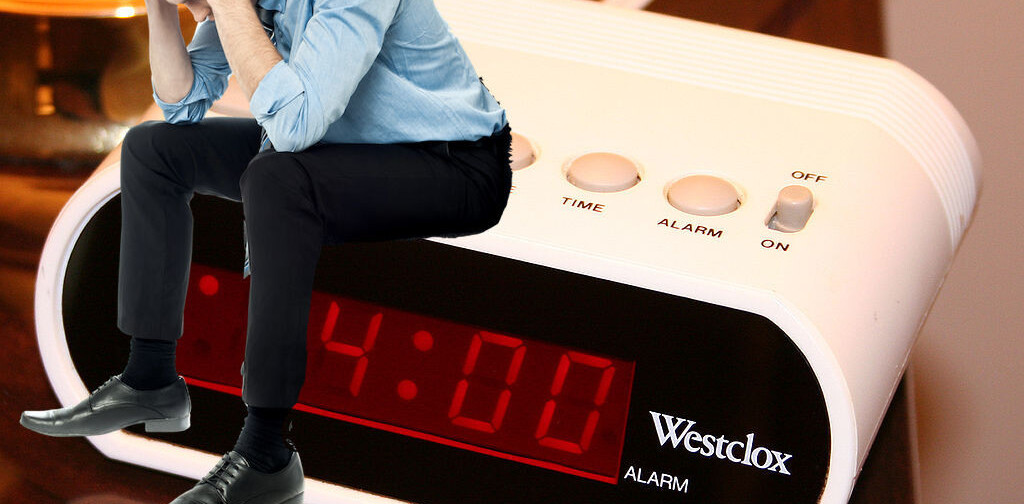
I decided to write this entire article up using a pen and paper, with the intention of typing it up once I was done. I only got about four paragraphs in before my hand started to ache, and my paper was a mess of scrawls, crossed out sentences, quickly becoming more and more illegible as I went further down the page.
The last time I wrote something of this length by hand was probably in university during an exam, and I can’t imagine how I did it then. But there is something to be said for the simplicity of the pen and paper.
Whether it’s a mundane to-do list or the beginnings of a best-selling novel, using a pen and paper can be very satisfying, if not a little messy. The act of putting pen to paper, of making an effort, together with your inherently personal handwriting has both practical and emotional benefits.
I may not write up long one thousand word articles using a pen and paper, but there are many other situations where putting pen to paper is a more satisfying, more organised, and potentially a more creative experience.
The Practicality of Pen and Paper
While typing can be more efficient, a pen and paper is often much more practical. Of course, today between syncing several devices, online services that perform automatic backups to the cloud like Dropbox, and much, much more, it’s pretty easy to access something you’ve written in a variety of ways. But there’s nothing faster than flipping open your notepad and turning to the page you want.
Another practical problem when using a computer to write is the inordinate amount of distractions. It’s easy to get sucked into Twitter, email or Google Reader, amongst many other things. Even without the Internet, if you’re struggling to write something up, Minesweeper can sometimes seem like a more appealing, and an utterly useless way to spend your time.
And when you’re out and about, it is far easier to jot down a thought or add an item to a list in a notebook than it is to unlock your phone, open up an app, and type, swype or even record your thought.
Getting More Done
I’ve tried a lot of different productivity methods. From the elaborate GTD system, to the Pomodoro system. I’ve tried mobile and desktop apps like Things and Wunderlist. I usually last about a week, if I’m lucky, before the system and app is long forgotten. I consistently come back to the simplest method of them all – keeping a handwritten to-do list.
The problem with a lot of the productivity methods available is that I find myself wasting more time setting it up, and figuring out ways to make the system work, than actually getting my work done. Personally, I cannot find a better alternative to the simplicity of writing a list, and crossing off tasks once they are done.
Enhance the Creative Process
The emotional and creative side of things are just as important, if not more so. Writing using a pen and paper is a process of trial and error. Words get crossed out, thoughts begin, and take a different tangent, veering off into other directions. To see that process documented, to understand how you got from point A to point B in your thinking, with all the scrawls, crossed out sentences, misspelled words, is important for a writer, especially for a creative writer.
There is so much that can be seen in that page – you can study your own thought process, you can better understand how your creative mind works, and you can see the effort that it took to get to that final product. As a creative writer, I find that there is something incredibly cold and sterile about that blank white page in Microsoft Word waiting to be filled out.
Which brings me to another point – the intimidation of the white screen. I have sat many times at this computer, fired up Word, or OmmWriter if I’m attempting to be completely distraction free, and the white page intimidates me. I feel forced to come up with a first sentence, and it never sounds good.
You might think this is no different from a blank page in a notebook, but a page in a notebook can be approached differently. Rather than feel that I have to bang out a stellar first paragraph to a story, or an interesting verse in a poem, I can start with individual words. I make little notes. I draw little sketches. I write random words around the page, and begin a little game of connect the dots. I can then begin to mind map my way into a poem or story. I could do this using an online service like Mindmeister, but for some visceral reason, it doesn’t work.
The paper and pen planning process is far more convenient than any other gadget-related method because you can adapt it to your personal preferences.
And at the end of a day, you can leaf through the pages of your notebook filled with your ideas. The physicality of it all can contribute to the sense of achievement.
Beyond Writing
Using a pen and paper can be good for the creative process beyond just writing. Designers have an amazing amount of tools at their disposal for wireframing and brainstorming, but taking it back to the simplicity of pen and paper can have the same effect as it does for writers. There are no limitations, other than your own imagination.
The Disadvantages of Pen and Paper
Of course there are practical disadvantages as well. Searching handwritten notes is a nightmare in comparison to the quick and easy search you can perform on a computer taking you right to the paragraph or sentence you want.
Needless to say it’s neat, so you don’t have to worry about your handwriting, smudges, or possibly even losing your notebook. There’s no automatic backup for that.
There are other situations where using a pen and paper is simply a nightmare. Taking notes when someone is speaking, and trying to keep up when you’re writing by hand is practically impossible. Good luck trying to read those notes the minute they’re written. If you’re a fast typist, taking notes on your computer is much more practical.
What You’ll Need
There isn’t much that’s needed to get yourself used to using a pen and paper as opposed to a gadget or computer, especially in a creative writing process. I always keep two notepads handy. One I keep in my bag, and take with me wherever I go. The other I keep on the nightstand for those moments when inspiration hits as I’m waking up or falling asleep.
Picking out the right pen is also surprisingly important. I personally find that a soft-tipped pen works improves my handwriting, other people prefer to use pencils, or fountain pens. Whichever of these works best for you, just make sure you leave something to write with next to each of your notepads.
Conclusion
At the end of the day, it all comes down to personal preference. Some may find themselves more creatively motivated sitting in front of their computer, and find that the keyboard is the fastest, easiest way leading straight into a productive writing process.
Today, the pen and paper is possibly the most underrated creativity and productivity tool. It’s easy to get lost in a complex system that leaves no stone unturned. But it’s also just as easy to take a step back, keep things simple, and write it all down.
Get the TNW newsletter
Get the most important tech news in your inbox each week.




